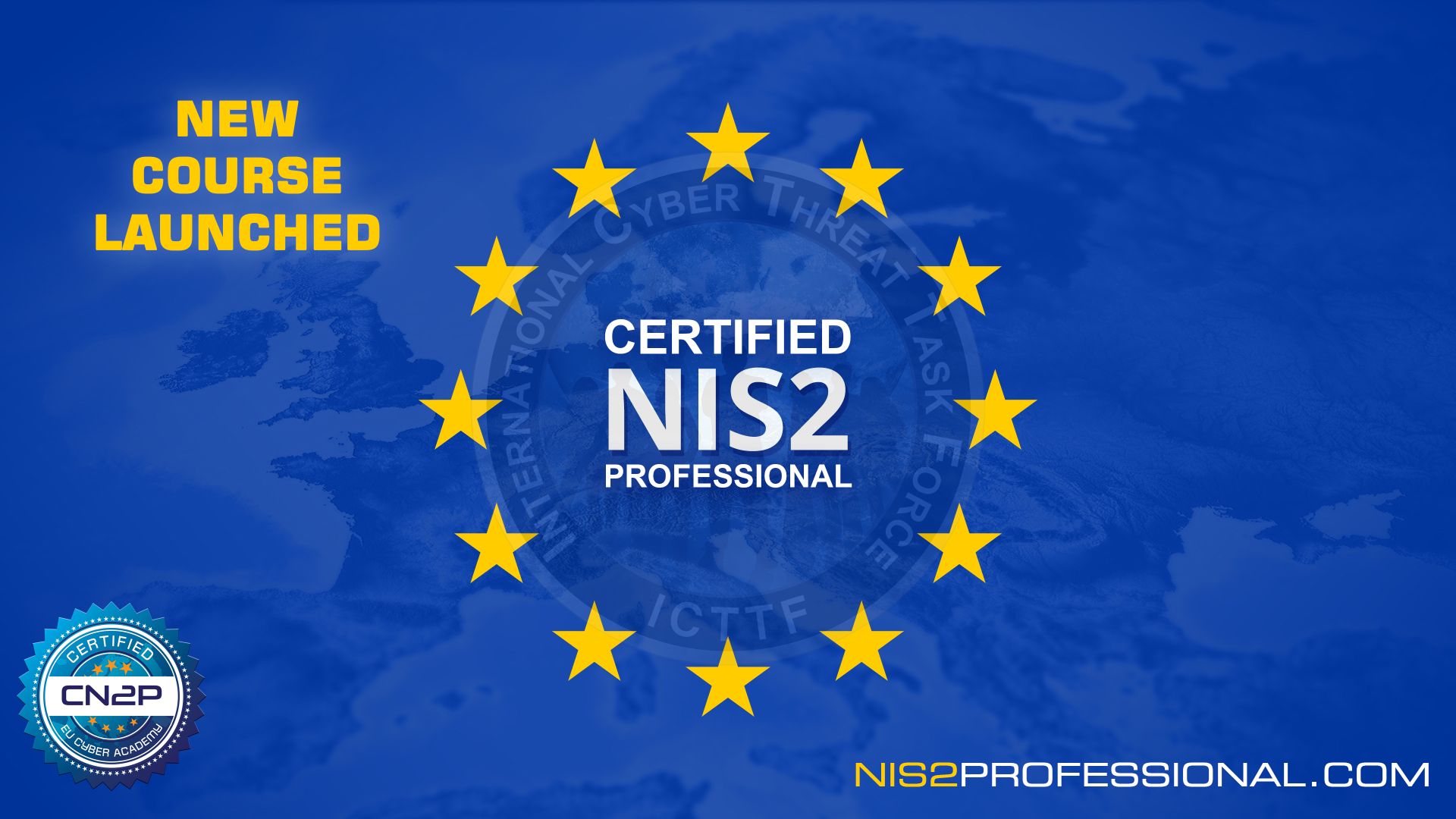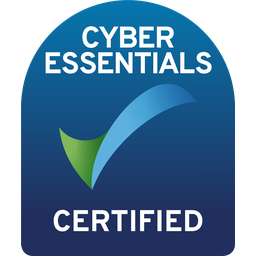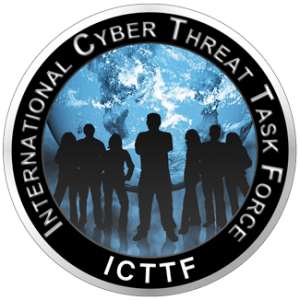
NIS2 - Are You in Scope?
What is NIS2 and Why Should You Care?
Why NIS2 is Important
Who is in Scope?
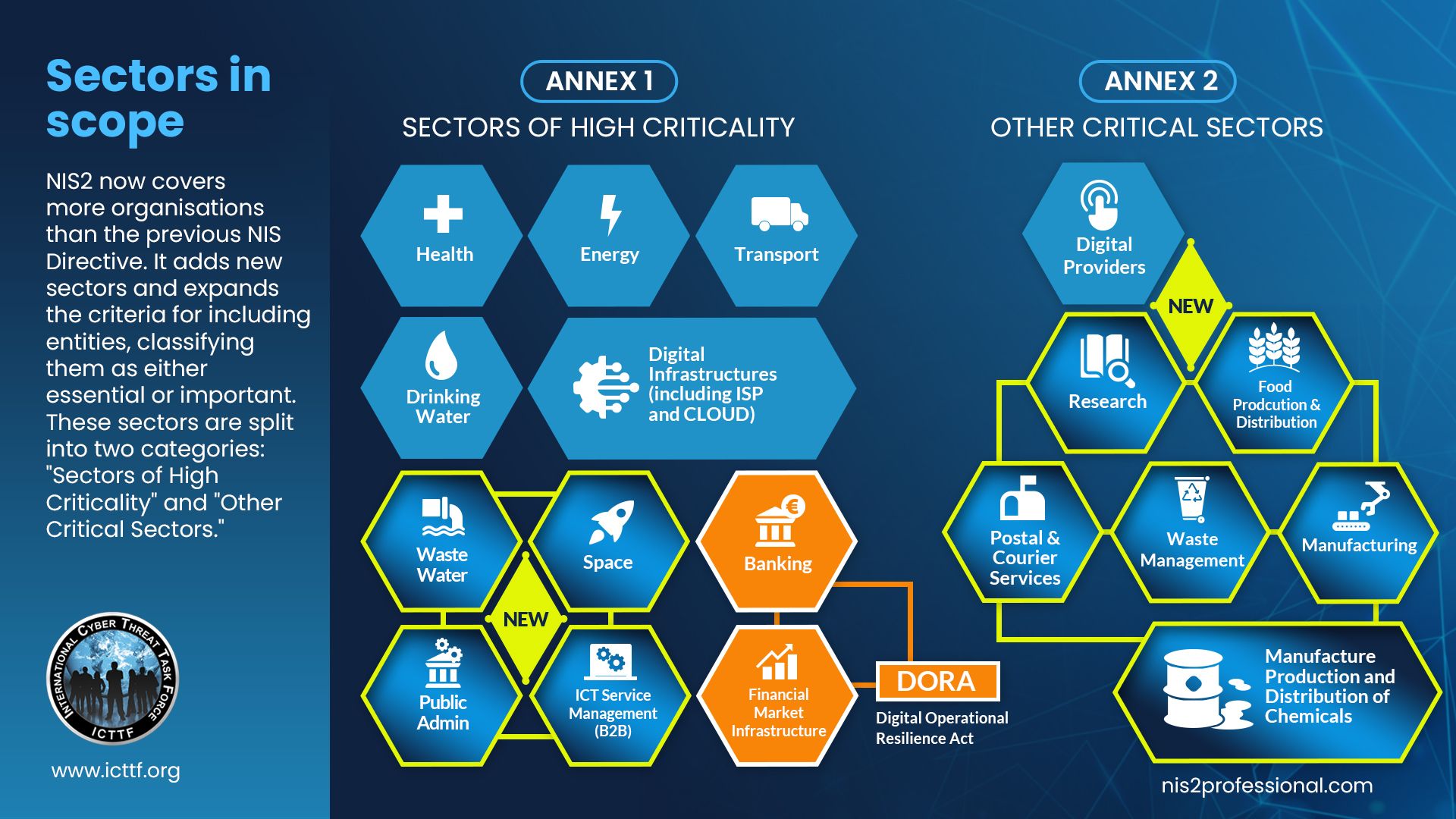
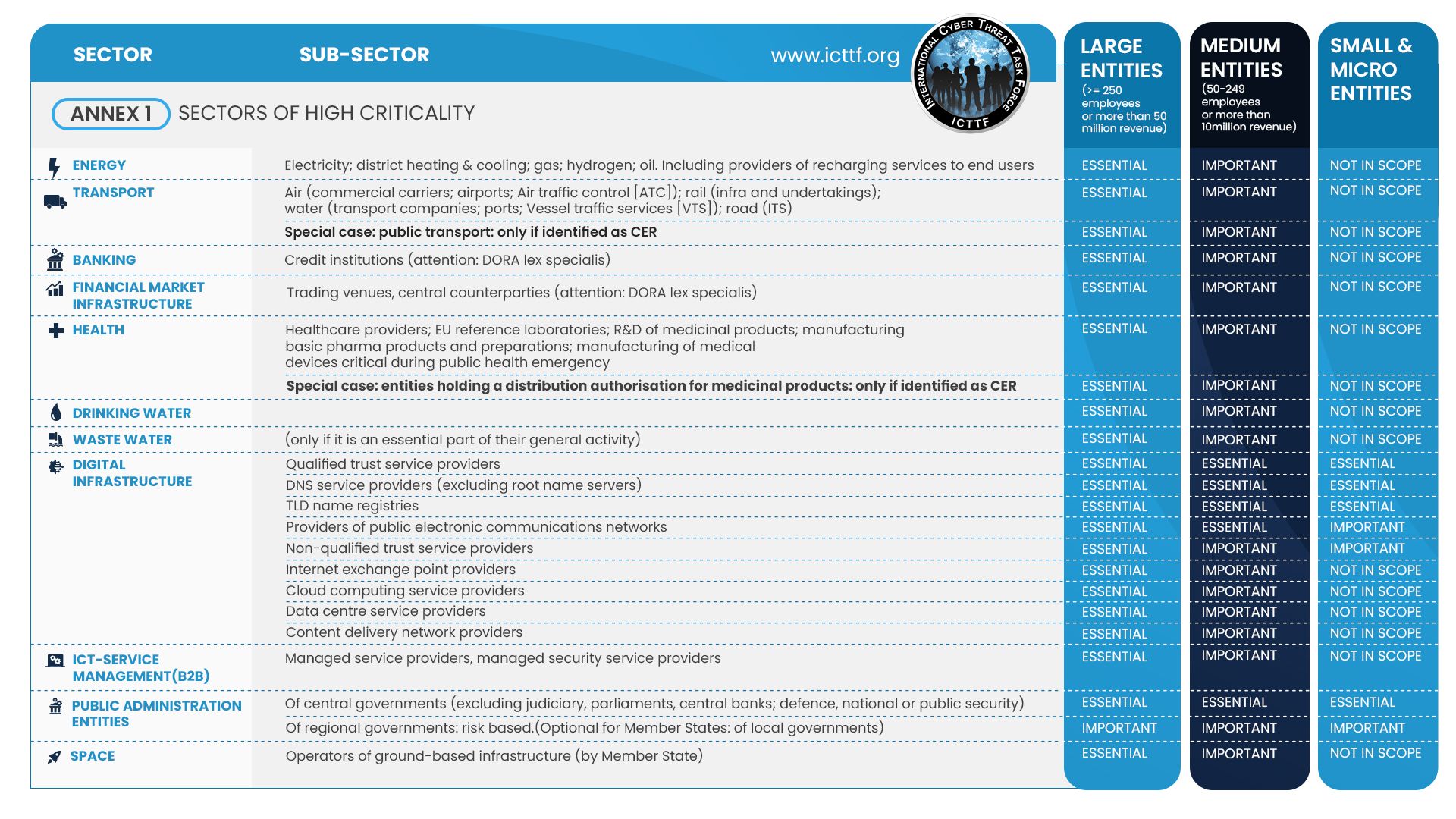
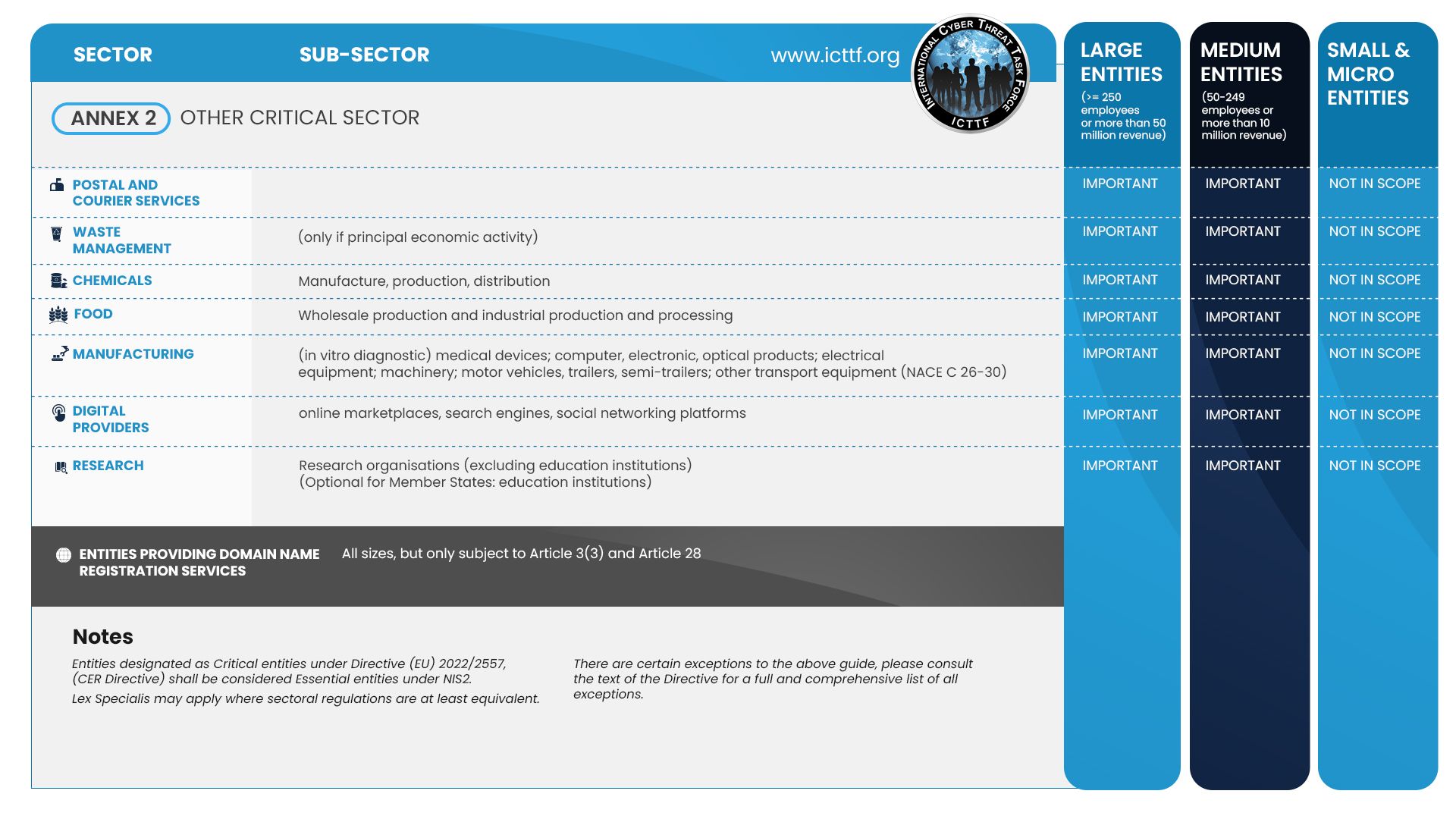
What Are the Penalties for Non-Compliance?
Criminal Liability: Individuals responsible for cybersecurity within their organisation may face personal legal consequences.
Reputational Damage: Failure to meet NIS2 obligations could lead to public sanctions, severely damaging your organisation’s reputation.
Here’s how to start:
Incident Reporting: Major incidents must be reported within 24 hours to relevant authorities.
Supply Chain Security: Ensure that third-party suppliers meet the cybersecurity standards set by NIS2.
Cybersecurity Training: Equip all levels of staff, from executives to technical teams, with the knowledge and skills needed to stay compliant.
Ready to Take the Next Step?
Navigating the complexities of NIS2 compliance can seem daunting, but it doesn't have to be. The Certified NIS2 Professional (CN2P) training course is designed to equip professionals with a comprehensive understanding of the NIS2 Directive and the practical skills needed to implement it within organisations.
Covering crucial topics like risk management, supply chain security, incident response, and cybersecurity governance, this course ensures participants are fully prepared to meet NIS2 requirements and foster a robust cybersecurity posture.
Whether you're in senior management or directly involved in IT security, this course provides the tools and knowledge necessary to effectively handle NIS2 compliance and strengthen your organisation's cybersecurity.
Don’t wait—become a Certified NIS2 Professional (CN2P) and ensure your organisation is ready for October 18th.
To learn more and enrol, visit www.nis2professional.com today.
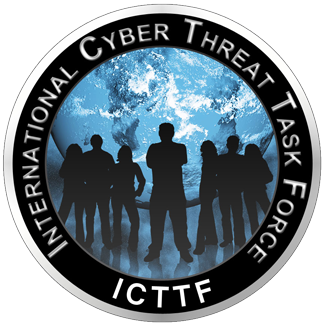
HEAD OFFICE
-
ICTTF Ltd
ICTTF House
First Floor Unit 15
N17 Business Park
Tuam, Co Galway
H54 H1K2 -
info@icttf.org
support@icttf.org -
+353 (0)1 905 3263
